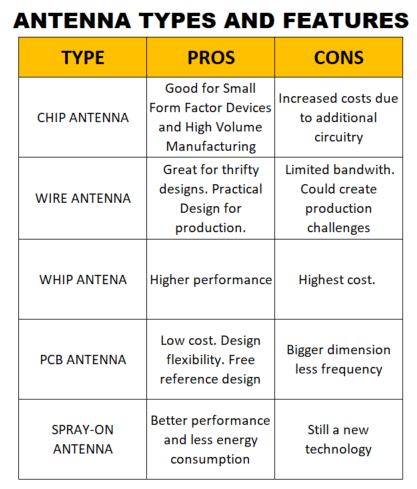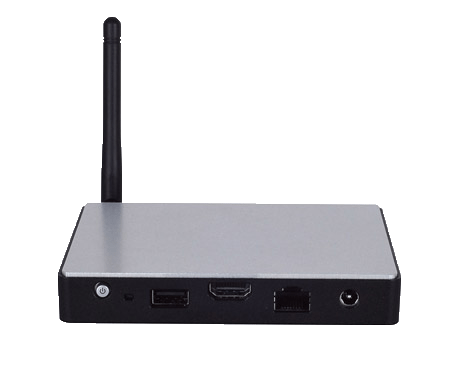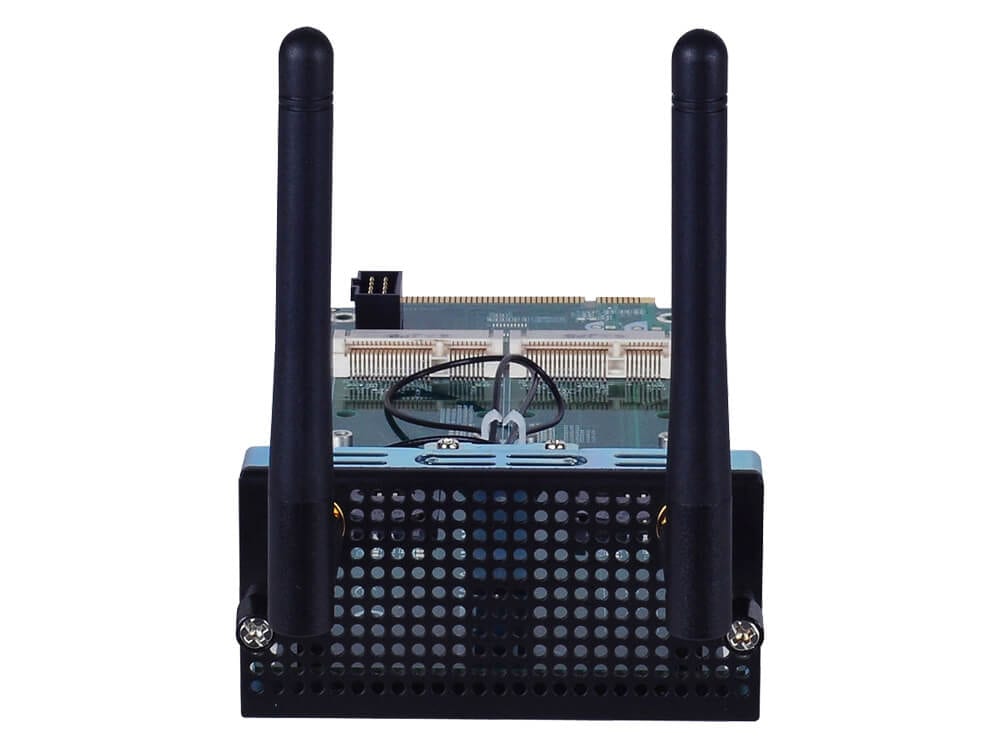
With the increasingly growing implementation of the Internet of Things (IoT), the benefits of this technology continue to grow as the years go by. The integration of new technologies in IoT devices has been a key factor for its growth. A component of these devices that has improved over time and whose variety of options has expanded is antennas, which allow wireless communication between the different devices of our IoT infrastructure. What is sought by improving antennas is obviously better reception and radio range but there are other objectives, such as reducing their size to be used in devices that are increasingly unnoticed, being able to use them in harsh environments and even be used near animals or even humans. What are some types of antennas that are used for IoT devices?
What are Spray-on antennas?
Since, an antenna is a device used to send and receive electromagnetic waves, nowadays the antennas do not help much since many times the signal does not reach our devices efficiently, they absorb enough energy, they soak up the life of the battery and they get too hot. And to that end, a way to paint surfaces has been developed to work as antennas. The advantages of these new antennas are that they have a better performance and consume much less energy. For its installation, only a flat surface in which the spray can be sprayed and connect it to a flexible circuit, as a result will have a large antenna and therefore a greater capacity of reception and emission. A very revolutionary idea that could change the way we connect and how we transmit content, either through a mobile network or through a Wi-Fi network.
PCB Antennas
Printed Circuit Board (PCB) could be considered as the actual winner of all the antenna options, if we only consider factors like low cost and design flexibility. Another of its strengths is being the most-cost effective option for a high-volume manufacturing with one of the least reproducibility issues. The fact that this antenna is the most integrated option, makes that we can get this type of manufacturing benefits. To make even more cost interesting, a lot of free reference design can be found for both large dimension/low-frequency and vice versa. Also low-cost or even free software for EM-simulation could make antenna and matching circuitry design possible in a more efficient way.
Proprietary Antennas
Proprietary antenna designs are owned by a designer or design company. Occasionally, these antennas also can be commissioned or custom-designed for specific applications. The cost for these antennas begins with the purchasing of the intellectual property (IP), although this option usually comes with support from the antenna design company. For companies that do not have antenna design expertise in house, this design-sourcing option offers a chance to leverage the expertise of highly specialized designers skilled in this area. When considering proprietary antennas, it’s critical to know the exact use case for the antenna. It is then possible to describe and design for the complete performance dynamics.
Chip Antennas
This type of antenna is best for the smallest form factor and lower frequencies devices with a very crammed chip design and due to their practical design they can be easily implemented on an IoT solution. Another great benefit is its low production issues which makes it highly reproducible in high volume manufacturing. Some of the cons to be consider with this type of antenna are low efficiency and a more limited bandwidth variety compared to other types of antennas. To get the best performance out of it, external matching circuitry will be necessary which can increase the production costs and makes necessary to include design guidelines documents.
Wire Antennas
This type of antenna is great option for saving on costs, since it can be implemented on most thrifty designs, the small con is some more effort design. If ones looking for an optional design, electromagnetic simulation will be needed along with custom design that depends on the device housing. Due to the wiring this type of antenna size increases and the frequency range gets more limited. Good design solutions must be in hand to avoid production issues and challenges. The good thing is that prototyping on this type of antenna is a very good cost-effective option.
Whip Antennas
This type of antenna is one of the highest options in cost. On the other hand, two big benefits of this antenna type is its high-performance and low performance issues despite interference due to the environment or other devices (cosite). Some other costs that should be considered is an on board connector that plugs to the antenna and coaxial cabling routing from the launching connector to the antenna module. For many whip antennas, emissions testing also will need to be performed.

Some of Lanner’s solutions take advantage of the benefits of wireless communications with included or separate antenna modules. Here are some examples:
Due to the fast-growing concern of IoT network security, Lanner’s highly compact and security gateway controller NCA-1010 is a great option for traffic analysis. It’s built with Intel® Bay Trail CPU and scalable connectivity to serve as CPE (Customer-premises equipment) gateway, small area network bandwidth management, and edge firewall in Small and Medium Enterprises such as libraries, hospitals and retail environments
For scalability, the inside of NCA-1010 provides one full-length mini-PCIe socket for Wi-Fi/3G/4G/LTE module to bring wireless connectivity to the system. In addition, there is also a half-length mini-PCIe socket for mSATA storage. This will allow NCA-1010 to serve as a local media server when connected wirelessly.

Lanner also offers NIC wireless modules such as the NCS2-MINIPCIE01A that can enable wireless connections to network appliances. Some of it tech specs are:
- 1 x PCIe Gen 3.0 x 8 interface
- Two mini-PCIe slots
- Two SIM card readers (Wi-Fi/3G/4G/LTE compatible modules and SIM cards)
One great benefit of enabling wireless technology on network appliance is the savings of infrastructure installation and maintenance.

As time passes, the necessary components for the IoT devices will continue to improve, to make IoT part of our daily lives to the point that they become transparent. The antennas are excellent examples of how scientific advances are growing by leaps and bounds and what began to work today for about 30 years is bearing fruit, giving us better connectivity with designs that are increasingly smaller and simpler.






